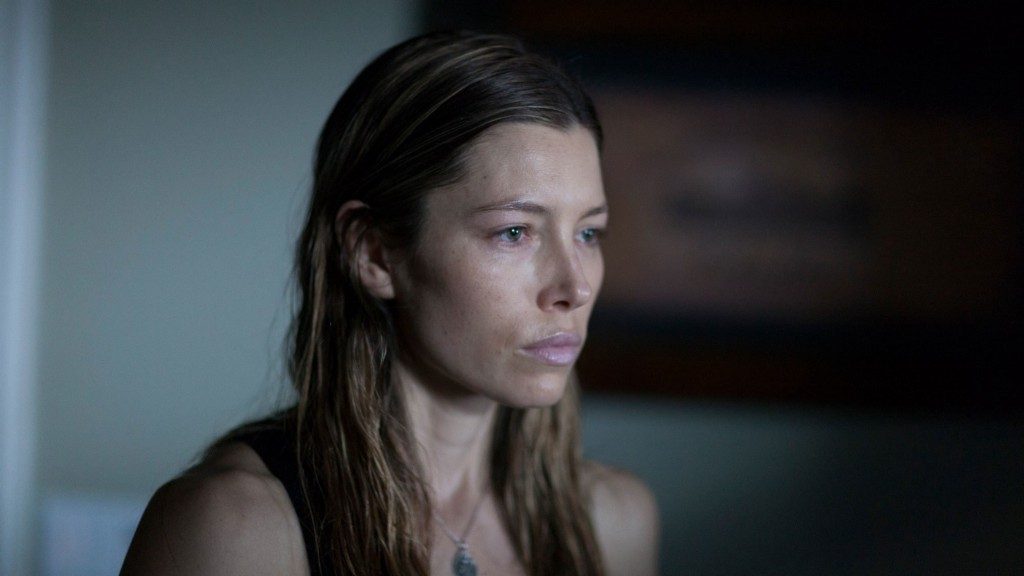“Bleeding Heart” is writer/director Diane Bell’s second feature. Her first feature film, “Obselidia,” premiered in the U.S. Dramatic Competition section at the 2010 Sundance Film Festival, where the film went on to win the Alfred P. Sloan Award and the Award for Excellence in Cinematography. “Obselidia” was nominated for two Independent Spirit Awards in 2011, including one for Best First Screenplay. The film garnered acclaim at festivals around the world, including being named as “Best of Fest” at the Edinburgh Film Festival, Best Narrative Feature at the Ashland Independent Film Festival and winning the Youth Jury Prize at the Valladolid Film Festival in Spain.
Bell’s screenplay “Stem” was selected for Film Independent’s Producer Lab in 2010 and the Sundance Screenwriters Lab in January 2011, where it was awarded the Sloan Fellowship. Bell was selected for the inaugural Women in Film/Sundance mentorship program in 2010. Born in Scotland and raised in Japan, Australia and Germany, Bell currently resides in Los Angeles. (Press materials)
“Bleeding Heart” will premiere at the 2015 Tribeca Film Festival on April 16.
W&H: Please give us your description of the
film playing.
DB: A peace-loving yoga teacher (Jessica Biel) who was adopted
as a baby meets her biological sister, a young sex worker (Zosia Mamet) with a violent boyfriend,
and decides to help her.
W&H: What drew you to this story?
DB: I worked as a yoga teacher for years and
taught classes in social-welfare centers for prostitutes in Edinburgh, Scotland — where I’m originally from — and Barcelona, Spain. I was shocked by the level
of violence with which these women often lived, from their partners and from
their clients. It made me question how we can really help someone who is in an
ongoing situation of abuse.
Yoga is founded upon the idea of ahimsa, non-violence,
but there is also an idea of service to others. How do we deal with someone who
is set upon violence and has no interest in the peaceful resolution of
conflicts? This question fascinates me and drives the film.
W&H: What was the biggest challenge in
making the film?
DB: The biggest challenge was shooting it in
nineteen days, only one more than I had to for my first film, except this time
there were guns and cars, which always take more time to shoot. I was
blessed to have the most amazing, committed cast and an incredible crew, many of
whom I had worked with on my first film — otherwise, I don’t think we would have
made it.
W&H: What do you want people to think about
when they are leaving the theatre?
DB: I can’t say, as I don’t want to give the
ending away! But what I would say is: I want people to be talking and
debating about the ending and the questions that arise from it.
W&H: What advice do you have for other
female directors?
DB: Whatever you want to do, do it. No
matter how many barriers are put up and no matter how often you hear no, don’t
stop. Aside from making films, I also teach workshops about filmmaking and I love inspiring and empowering other women in this industry. I
think community is incredibly important, and supporting one another is crucial. We are in this together and together, we are unstoppable.
W&H: How did you get your film funded? Share some
insights into how you got the film made.
DB: I pitched the idea to Greg Ammon of Fido
Features and then developed the script with him and my manager, Dan Halsted. When
it was ready, the first production company we showed it to, Supercrispy, wanted
to finance it. It was an incredibly blessed and unusually simple path from
concept to funding.
W&H: Name your favorite woman-directed film
and why?
DB: There are so many. It’s extremely
hard to say just one, but the ones that jump to my mind this morning are “Beau Travail” by Claire Denis and “Fish Tank” by Andrea Arnold. Curiously,
both are films that wrestle with masculine energy, but from a very female point
of view. I find that female gaze on masculinity fascinating; it’s a thread in “Bleeding
Heart,” and it’s in the film I’m planning to shoot this summer, “Of Dust and
Bones.” Both are centered on strong female leads, but address questions about
male violence and how we should deal with it.







